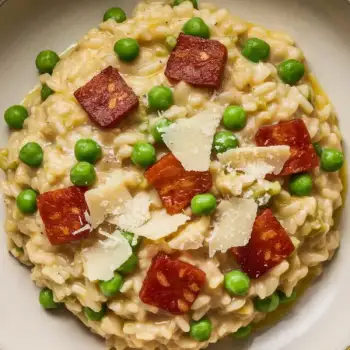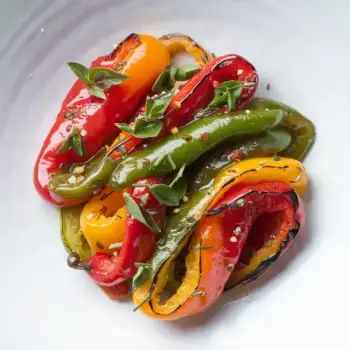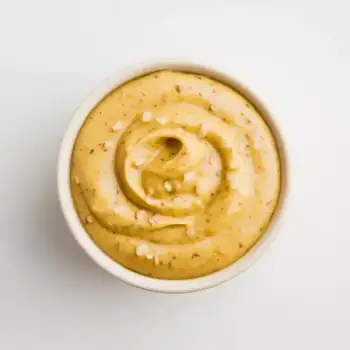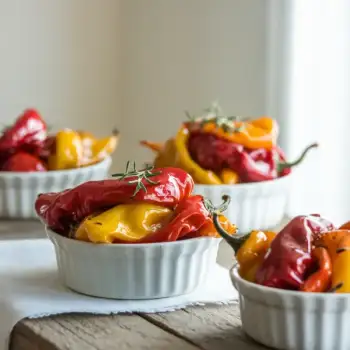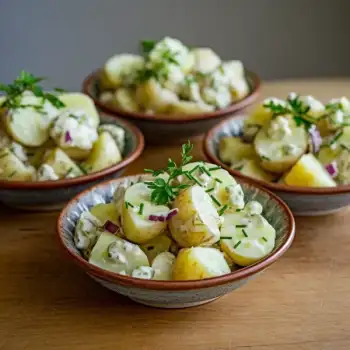


Malt Vinegar
Brewed from malted barley, it has a strong, distinctive flavor, commonly used with fish and chips.
Rice Vinegar
Milder and sweeter than other vinegars, it's a staple in Asian cuisine, especially for sushi rice and stir-fries.
Sherry Vinegar
Aged vinegar from Spain with a complex, nutty flavor, often used in Spanish and Mediterranean dishes.
Balsamic Vinegar
A dark, concentrated vinegar originating from Italy, known for its rich, sweet flavor, ideal for glazes and salad dressings.
Red Wine Vinegar
Made from red wine, it has a bold, tangy taste perfect for vinaigrettes and marinades.
White Wine Vinegar
Fermented from white wine, it offers a lighter tang than red wine vinegar, great for chicken and fish dishes.
Apple Cider Vinegar
Made from fermented apple juice, it has a mellow, fruity flavor suitable for dressings, sauces, and chutneys.
Distilled White Vinegar
A clear, sharp vinegar often used for pickling, marinades, and cleaning due to its high acidity.




Malt Vinegar: Sarson's
Rice Vinegar: Marukan
Sherry Vinegar: Don Bruno
Balsamic Vinegar: Aceto Balsamico di Modena IGP
Red Wine Vinegar: Pompeian
White Wine Vinegar: Colavita
Apple Cider Vinegar: Bragg
Distilled White Vinegar: Heinz

Pickling: Vinegar is the key ingredient in pickling, preserving, and adding flavor to vegetables and fruits. The acidity of vinegar inhibits bacterial growth, making it ideal for long-term storage of pickled goods.
Deglazing: Vinegar can be used to deglaze a pan after sautéing or searing meat, lifting the fond (browned bits) from the bottom of the pan to create a flavorful sauce or gravy.
Reductions: Reducing vinegar, especially balsamic, concentrates its flavors and creates a thicker, more syrupy consistency. This is often used as a finishing drizzle over dishes like roasted vegetables, meats, or fresh strawberries.







